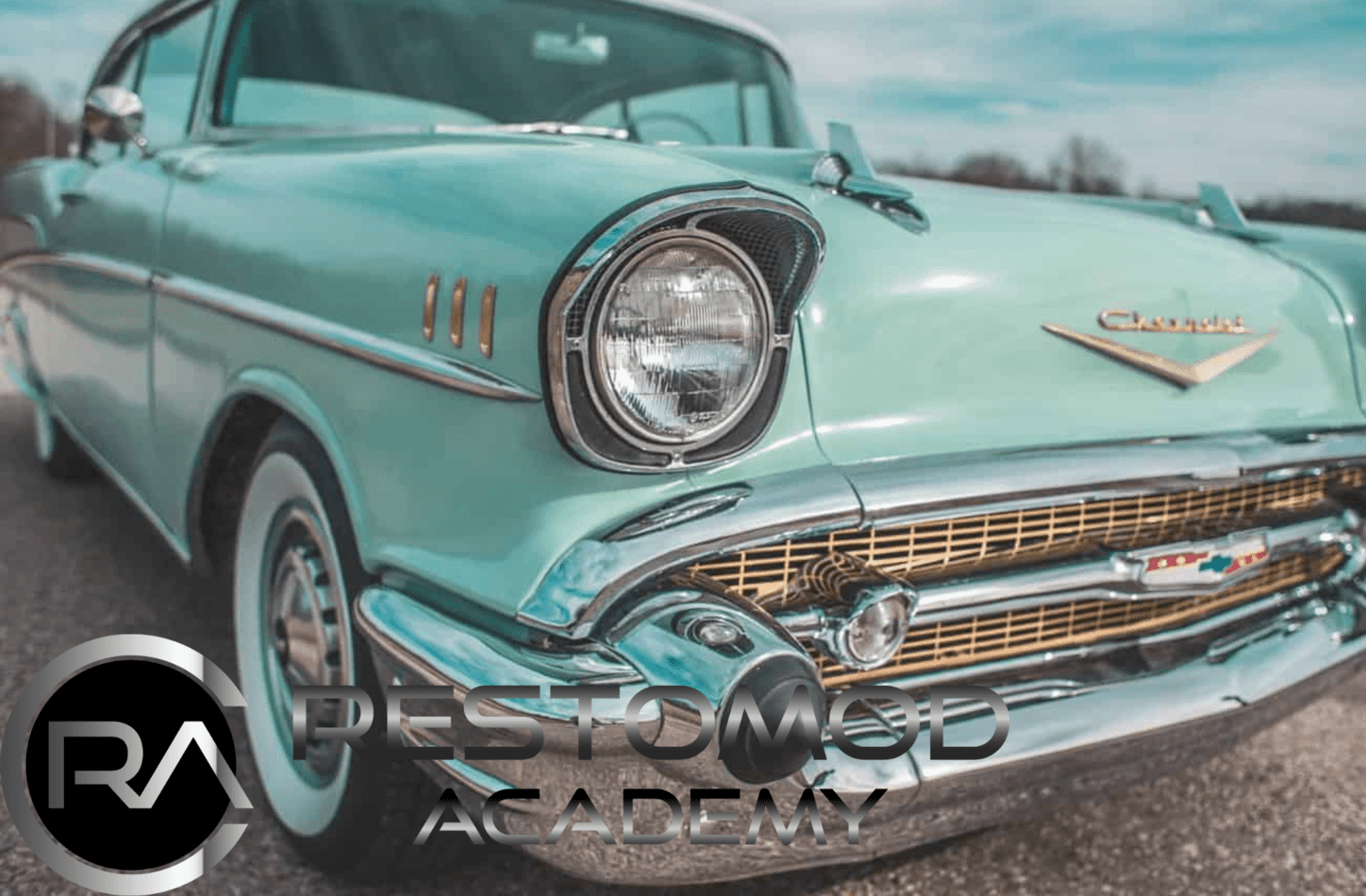A classic car’s distinguished from an antique car by more than just its age. With all of the terminology and jargon thrown around by experienced and novice collectors alike, it’s critical to understand the key differences between each type of car.
We’ve been working with collector vehicles for over 40 years and have frequently heard from perplexed owners, so we had our experts compile a list of the most important distinctions between vintages and classics, as well as classic and antique car classifications.
The Differences Between Classic, Antique, and Vintage Automobiles
Many people confuse vintage, antique, and classic automobiles. However, there are a few distinguishing features that distinguish a car as “antique,” “classic,” or “vintage.” It is critical to have a thorough understanding of your vehicle’s status. The following are the primary distinctions between vintage, classic, and antique automobiles:
Age Price Historic Status
Knowing whether your car is a classic, antique, or vintage can help you get a comprehensive insurance policy and understand its value.
Age
The first significant distinction between the three types of collector vehicles is their age. The ages of classic, vintage and antique cars vary. The age of your car, depending on its classification, can have an impact on its overall value and condition. Older vehicles will require more maintenance and care to remain in good condition.
How to tell if your car‘s antique, classic, or vintage – based on the year it was built:

Cars manufactured between 1919 and 1930 are vintage. Either a “survivor” or restoration to original manufacturer specifications.
Manufactured in 1975 or earlier (>45 years old). Either a “survivor” or one restored to factory specs.
Classic cars are 20-year-old or older (made before 2000).
Aside from age, the historic status of your vehicle can help you determine its classification.
Different states in the United States have different historical designations and license plates that recognize classic, historical, or antique vehicles. Vehicles that meet the criteria of individual states can apply for “Antique” or “Classic,” “Vintage,” “Historic Vehicle,” or “Horseless Carriage” license plates, or have these terms printed under or next to their license plate numbers.
Furthermore, some states may reduce vehicle registration fees for historic vehicles in order to recognize their limited driving use.
Common historic license plates include, but are not limited to:
Vintage Vehicle Plate Custom Collector Vehicle Plate Classic Car Plate Street Rod Plate Antique Plate
Though some states continue to offer more historic status plates, these are the most common.
Price isn’t a criterion for determining whether a car is vintage or antique, but it can indicate how valuable and desirable a collector vehicle is. The rarity, desirability, condition, quality of restoration, and mileage of a collector car determine its sale price.
A rare 1924 Chrysler Model B-70 sold for $27,000 at auction, while a mid-1980s Honda CRX costs $4,500, according to Road and Track.
There is no single definitive authority on determining collector car values because vehicle conditions, the market, and restoration quality vary so widely. You can estimate the current value range for your vehicle using reputable online valuation resources.
Classifications of Modified Vehicles
Though many collector vehicles fall into the traditional classifications of “Vintage,” “Classic,” and “Antique,” there are two additional classifications for modified collector vehicles. Modified classic and antique cars are usually faster, better built, and more exciting. Among these classifications are:
Street Rods: Made prior to 1949. Original factory specs adjusted for street use. A “Hot Rod” is another term for it.
Resto-Mods: Classic cars upgraded from original manufacturer specs to include current safety, drivability, or performance characteristics while keeping the original exterior appearance.
Age and modifications separate Street Rods and Resto-Mods. However, this can have an impact on the overall value of the vehicle as well as your insurance coverage.
Types of Vintage, Classic, and Antique Cars Agreed Value policies allow you to determine what value you want for your vehicle and ensure that you will receive the full insured value of the vehicle (less any applicable deductible) in the event of a covered total loss.
Vintage Automobiles
Vintage automobiles produced between 1918 and 1930 will not see much use on the road. You will also be unable to purchase one from a traditional car dealer. Vintage vehicles are extremely difficult to find and can be quite expensive. They do, however, make excellent car show vehicles and restoration projects. Among the most popular vintage collectors vehicles are:
1919 Ford Model T Sedan Hudson Super Six Phaeton Flint Model E-55 Aston Martin Grand Prix 1930 Cadillac V-16
Antique Automobiles
Antique cars, which are 45 years or older, are also not commonly used for pleasure drives. Most antique cars are used for car shows or restoration projects. While they can certainly be driven on the road, most people use them as a “project car.” Some of the first muscle cars, such as the Dodge Charger and the Chevrolet Camaro, are also considered antiques. Among the more popular antique vehicle models are:

- 1957 Porsche Speedster
- 1957 Chevrolet Corvette
- 1932 Chevrolet Bel Air Convertible
- 1968-1968 Ford Roadster
- 1954 Dodge Charger Rolls Royce Phantom
1938 VW Beetle - 1951 Oldsmobile Super 88
- 1964 Chevrolet El Camino Coupe
Classic Automobiles
Classic cars are used for a variety of purposes, including pleasure driving, restoration projects, and car shows. This category includes many muscle cars and sports cars. They typically have a 6-7 speed manual transmission and can outperform antique and vintage vehicles. Among the classic car models are:
- 1963 Mercedes-Benz 300SL Gullwing
- 1978 Chevrolet Camaro Z28
1979 Ford Bronco - 1979 Pontiac Trans Am
- 1986 Chevrolet Monte Carlo SS
- 1987 Buick Grand National GNX
Questions and Answers
Is special insurance required for my classic car?
Your classic car must be covered by an auto insurance policy. You should ideally insure your car with a collector car insurance policy. A collector car policy can help you save up to 40% on monthly rates when compared to a standard auto policy.
Are classic cars more expensive than vintage cars?
While vintage cars can be quite expensive, they can sometimes be found at a lower price than a classic. This is heavily dependent on the car’s make and model, as well as its quality. If you plan on restoring it yourself, you might be able to get a great deal on a vintage car.
What is the value of my antique car?
Again, the value of your car is determined by its specific make, model, and restoration quality. A fully restored antique vehicle can be quite valuable. An antique car that still needs to be restored, on the other hand, can be much less valuable.


